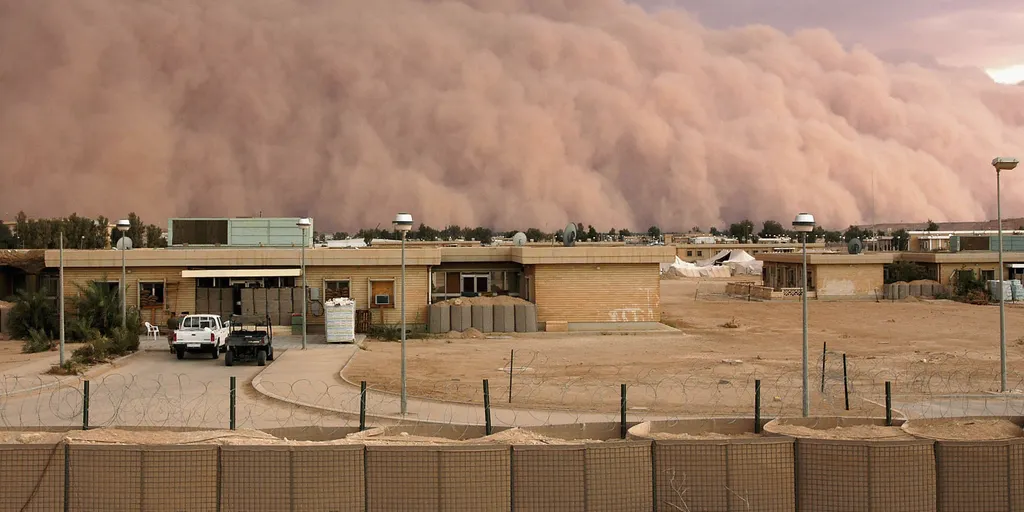In the sun-scorched southern regions of Iraq, where the lifeblood of communities and commerce flows through water resources, a pressing question looms: how will climate change reshape the landscape and what does it mean for the energy sector? A groundbreaking study published in the *Journal of Groundwater Science and Engineering* (translated from Arabic as *مجلة علوم المياه الجوفية والهندسة*) offers some sobering insights and a roadmap for adaptation.
Lead author Laheab A Al-Maliki, from the Department of Hydraulic Structures and Water Resources at the University of Kufa, has spent years investigating the impacts of climate change on temperature and precipitation patterns across four governorates in southern Iraq—Basrah, Thi Qar, Al Muthanna, and Messan. His research, which integrates advanced climate modeling with localized drought risk analysis, paints a vivid picture of the challenges ahead.
Using an integrated modeling framework that combines the Long Ashton Research Station Weather Generator (LARS-WG) with three CMIP5-based Global Climate Models, Al-Maliki and his team projected climate trends for three future time periods (2021–2040, 2041–2060, and 2061–2080) under two Representative Concentration Pathways (RCP4.5 and RCP8.5). The results are striking. “We’re looking at a significant rise in average annual maximum and minimum temperatures, with increases ranging from 0.88°C to 3.68°C by the end of the century, particularly under the RCP8.5 scenario,” Al-Maliki explains. “Precipitation patterns are also exhibiting pronounced interannual variability, with the highest predicted increases reaching up to 19.26 mm per season, depending on the model and location.”
For the energy sector, these projections carry substantial weight. Water scarcity and heightened vulnerability to drought could strain power generation, particularly in regions reliant on hydropower or cooling systems for thermal plants. “The energy sector is intrinsically linked to water resources,” Al-Maliki notes. “As water becomes scarcer, the operational efficiency and reliability of energy infrastructure could be compromised, leading to potential economic and social disruptions.”
The study’s high-resolution, station-level analysis and integration of localized statistical downscaling techniques enhance the spatial applicability of coarse GCM outputs, providing decision-makers with region-specific climate insights critical for sustainable development. “Our findings underscore the urgent need for adaptive strategies in water resource management and agricultural planning,” Al-Maliki emphasizes. “This research is not just about predicting the future; it’s about preparing for it.”
As the world grapples with the realities of climate change, studies like Al-Maliki’s offer a beacon of clarity amidst the uncertainty. For the energy sector, the message is clear: adaptation is not optional; it’s imperative. By leveraging high-resolution climate projections and integrating them into strategic planning, stakeholders can mitigate risks and ensure a more resilient future.
In the words of Al-Maliki, “The time to act is now. The insights we’ve gained from this research are a call to action for policymakers, industry leaders, and communities to collaborate and develop robust adaptation strategies. The future of our region—and indeed, the world—depends on it.”

